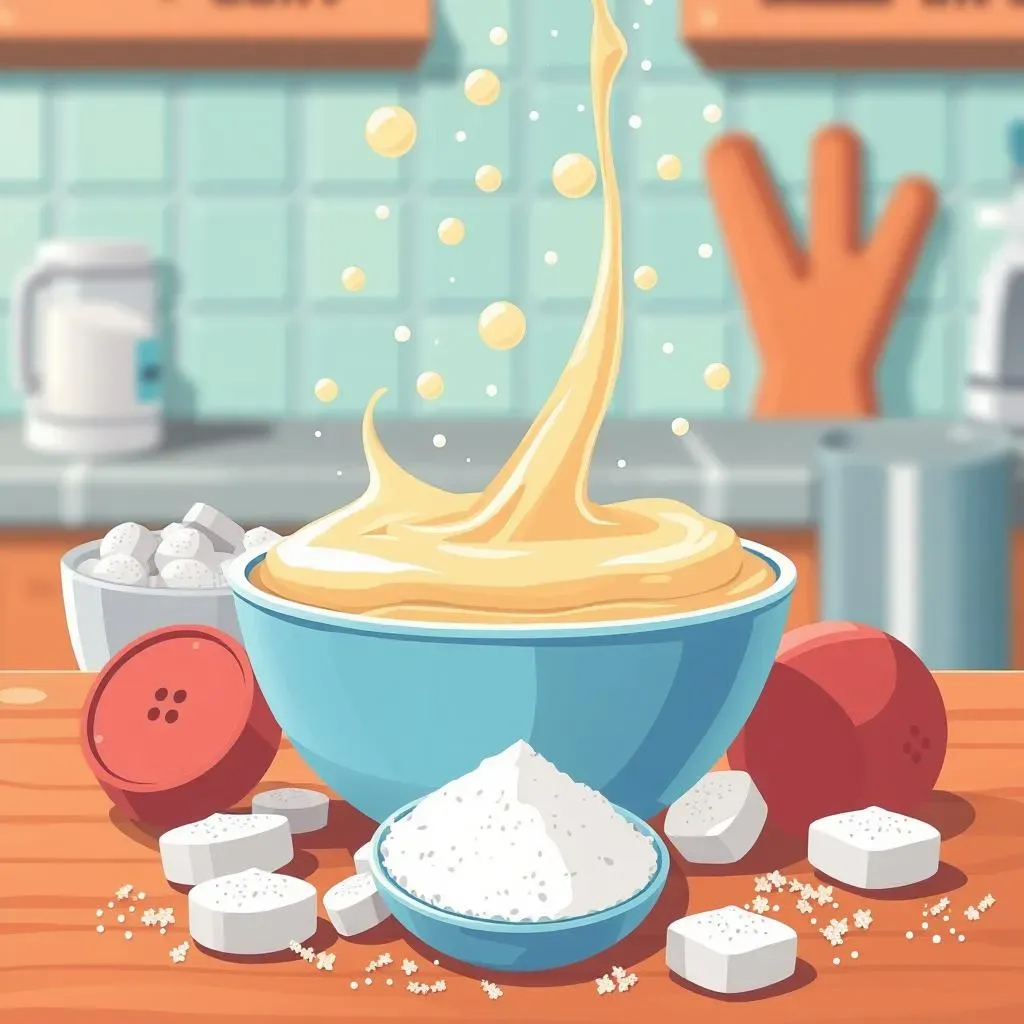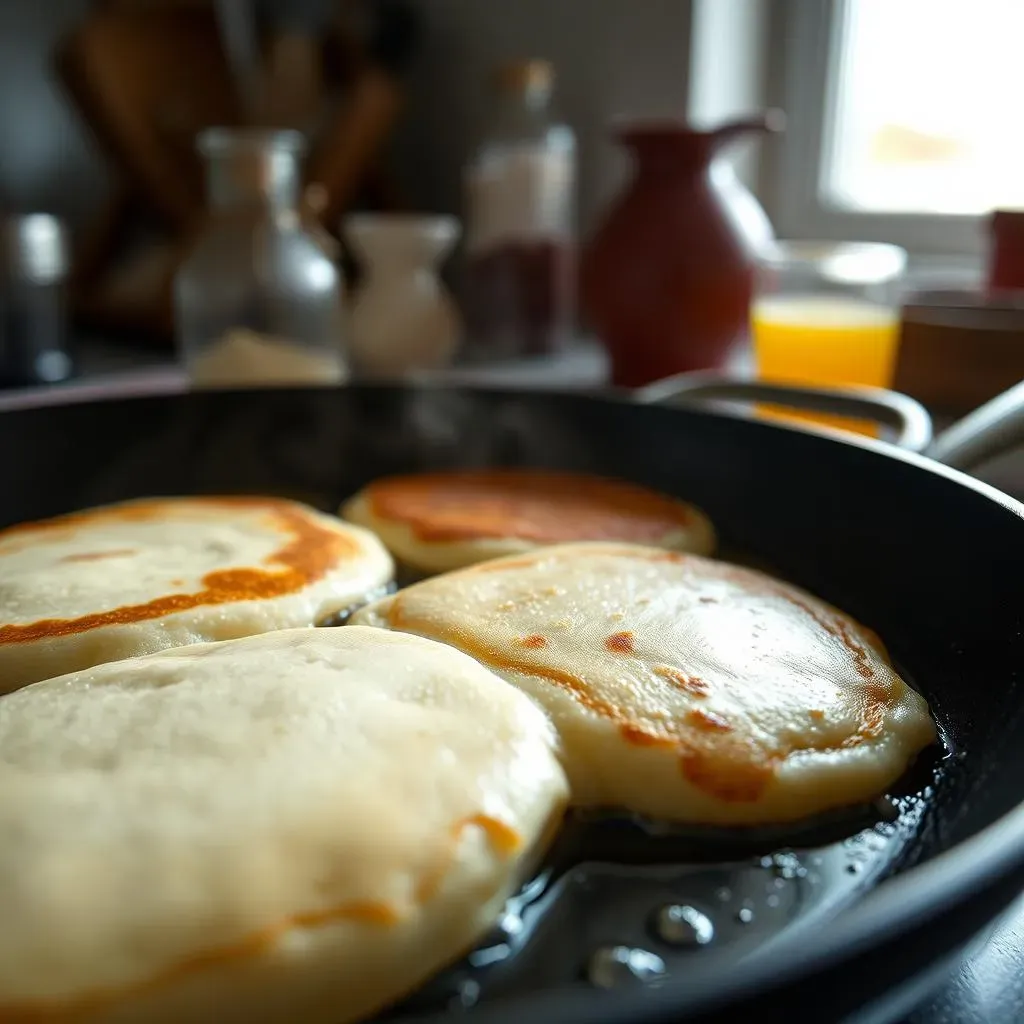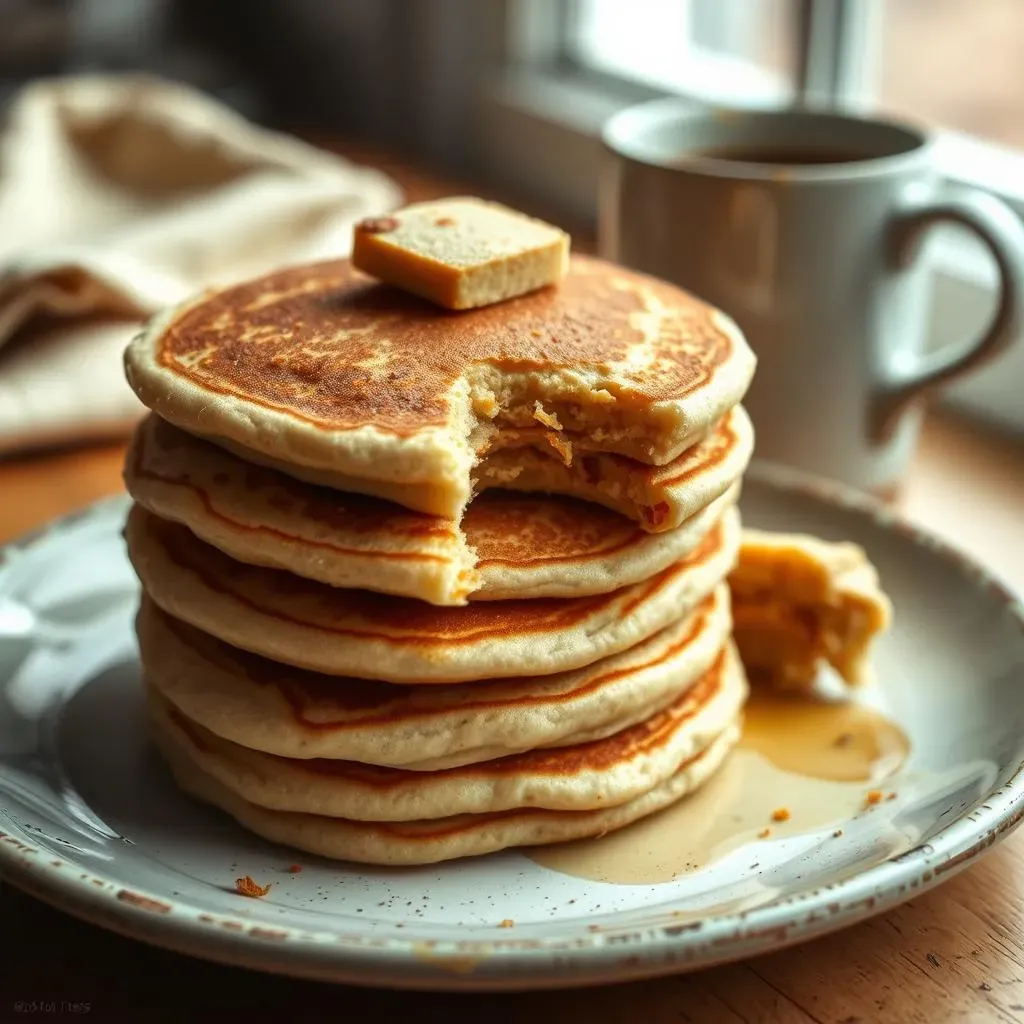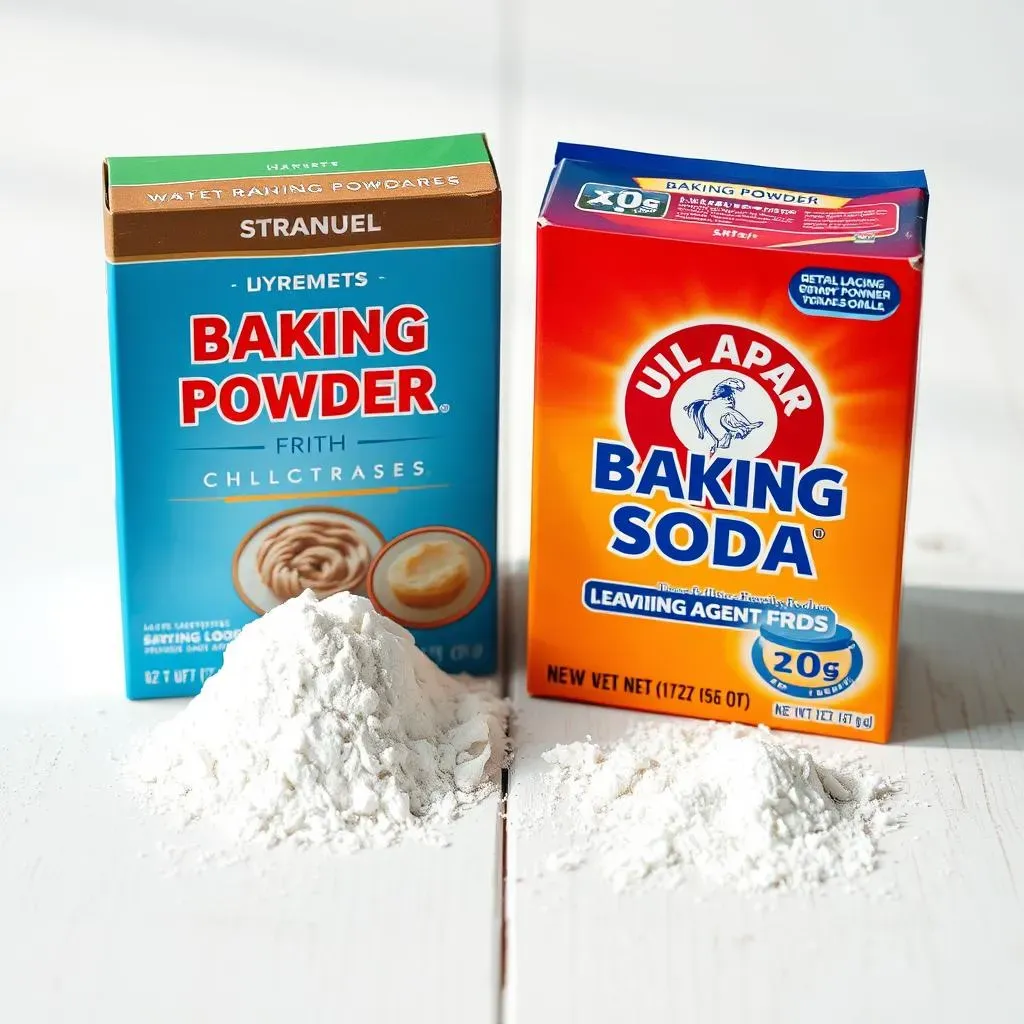Table of Contents
Have you ever flipped a pancake and thought, "This is just...sadly flat?" I have. We all crave those light, airy, cloud-like pancakes, but sometimes they end up looking more like sad little crepes. The secret ingredient isn't some fancy chef technique, it's actually something you probably already have in your kitchen: baking powder. But what does baking powder do in a pancake recipe, exactly? It's not magic, but it is science! This article will break down the mystery of baking powder, explaining why it's the key to achieving fluffy pancakes. We’ll explore the science behind its rising power, what happens when you leave it out, and how it differs from its close cousin, baking soda. Get ready to become a pancake pro, armed with the knowledge of the humble baking powder.
The Science Behind Baking Powder in Pancakes

The Science Behind Baking Powder in Pancakes
so you're curious about the magic behind baking powder, huh? It’s not actually magic, but it’s pretty neat chemistry. Baking powder is what we call a "leavening agent," which is just a fancy way of saying it makes things rise. It's a dry mix of a few key ingredients: sodium bicarbonate (that's baking soda), an acid (like cream of tartar), and a starch (like cornstarch). When you add liquid to this mix, that's when the party starts. The acid and the baking soda react, creating carbon dioxide gas. These tiny gas bubbles get trapped in the pancake batter, making it puff up. And the starch? It’s there to keep things dry and stable until it's time to get cooking.
Why Baking Powder Makes Pancakes Rise

Why Baking Powder Makes Pancakes Rise
The Double-Action Magic
so we know baking powder creates gas, but here’s the cool part: it’s a double-action leavening agent. What does that mean? Well, it means it works in two stages. The first reaction happens the moment you mix the wet ingredients with the dry ones. The liquid gets things going, and some carbon dioxide bubbles start to form right away. That's why you might notice your batter getting a little bubbly even before it hits the griddle. But that’s not all; the second reaction happens when the batter heats up. This gives the pancakes an extra boost, making them even lighter and fluffier. It's like a tiny, perfectly timed science experiment happening right there in your pan.
Heat Activated Lift
Think of it like this: the batter is full of these little gas pockets, but they're still pretty small and trapped. When the heat from the pan hits the batter, it’s like giving those gas bubbles a supercharge. The heat makes them expand, pushing the batter upwards and creating that beautiful rise we all love. The starch in the baking powder also helps to set the structure of the pancake, so it doesn’t collapse when it cooks. It’s a perfect combo of chemistry and heat that transforms a flat mixture into a fluffy, golden-brown delight. Without this double dose of carbon dioxide, our pancakes would be sad, flat disks, and nobody wants that.
Baking Powder Action | Stage | Result |
|---|---|---|
First Reaction | Mixing Wet & Dry | Initial gas bubbles form |
Second Reaction | Heat Activation | Gas expands, causing rise |
What Happens If You Skip Baking Powder?

What Happens If You Skip Baking Powder?
so you're thinking of going rogue and skipping the baking powder? I get it, maybe you're out, or you're just feeling rebellious. But let me tell you, it's like trying to build a house without nails – things are going to fall flat, literally. Without baking powder, your pancakes will be dense, thin, and, well, kinda sad. You won't get that fluffy, airy texture we talked about. The carbon dioxide bubbles that give pancakes their lift just won't be there. Instead, you'll end up with flat, chewy disks that are more like a slightly thicker crepe than a pancake. It's not the end of the world, but it's definitely not the breakfast of champions.
It's not just about the texture either. The lack of rise also affects how the pancake cooks. Without those air pockets, the heat doesn't distribute as evenly, so you might end up with a pancake that's a bit doughy in the middle and slightly burnt on the edges. Plus, those lovely golden-brown spots? They don't develop as well on a flat pancake. So, while you technically *can* make pancakes without baking powder, you're really missing out on the full pancake experience. They’ll be edible, sure, but they just won’t be the same. Trust me, your taste buds will thank you for including that little bit of magic powder.
Pancake Factor | With Baking Powder | Without Baking Powder |
|---|---|---|
Texture | Fluffy and airy | Dense and flat |
Rise | Good rise, light | Minimal rise, heavy |
Appearance | Golden brown, even | Pale, unevenly cooked |
Baking Powder vs. Baking Soda: What's the Difference for Pancakes?

Baking Powder vs. Baking Soda: What's the Difference for Pancakes?
so you’ve mastered the magic of baking powder, but now you're staring at a box of baking soda wondering if they're interchangeable. They’re both leavening agents, sure, but they work in totally different ways. Baking soda is pure sodium bicarbonate, and it needs an acid (like buttermilk or lemon juice) to react and create those lovely carbon dioxide bubbles. Baking powder, as we know, has the acid built right in, making it a self-contained rising machine. So, if your pancake recipe doesn’t have an acid, you should definitely use baking powder. If it does, baking soda might be an option, but you might need to experiment to get the ratio right. In short, baking powder is your go-to for most pancake situations, it's the reliable, easy-to-use option.
Think of it like this: baking soda is like a race car that needs the right fuel to go, while baking powder is like a regular car that's always ready to roll. Using baking soda in a recipe that isn't acidic will result in flat, kinda soapy-tasting pancakes. Baking powder is forgiving, and it will create the lift, even if your batter isn't perfectly balanced. I once tried to swap them out in a pinch, and let's just say my family wasn't too thrilled with the results. It was a valuable lesson in leavening agents, and not one I plan to repeat. For pancakes, stick with baking powder unless you really know what you're doing, and even then, why risk it?
Feature | Baking Powder | Baking Soda |
|---|---|---|
Composition | Sodium Bicarbonate, Acid, Starch | Sodium Bicarbonate |
Acid Needed | No (it's included) | Yes (e.g., buttermilk) |
Use in Pancakes | Most common, reliable | Only with acidic ingredients |
Flavor | Neutral | Can taste soapy if not enough acid |
The Final Flip: Baking Powder's Pancake Power
So, there you have it. Baking powder isn't just some random powder you toss into the mix. It's a crucial ingredient that brings the magic of fluffiness to your pancakes. It's the superhero of the breakfast world, creating those air pockets that make each bite light and delightful. Now that you know what does baking powder do in a pancake recipe and understand the science behind it, you're equipped to whip up batches of perfect pancakes every time. Go forth, experiment, and enjoy the delightful results of your newfound baking powder knowledge. Happy flipping!